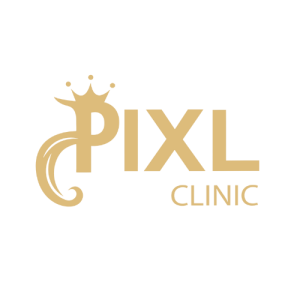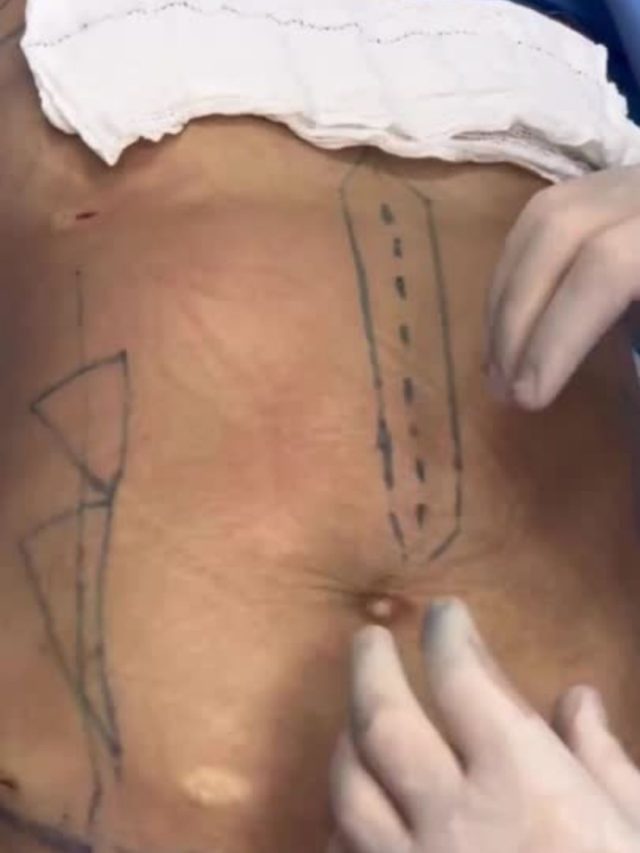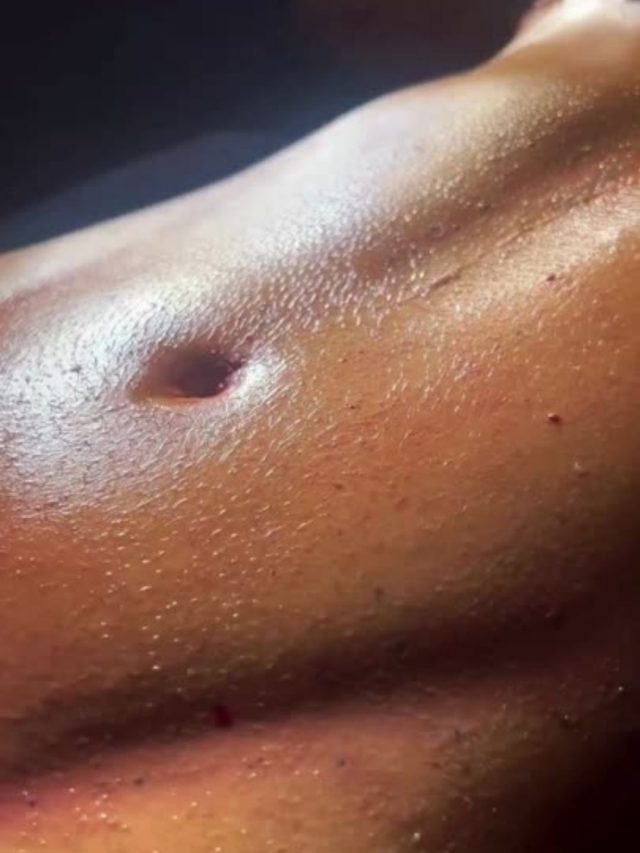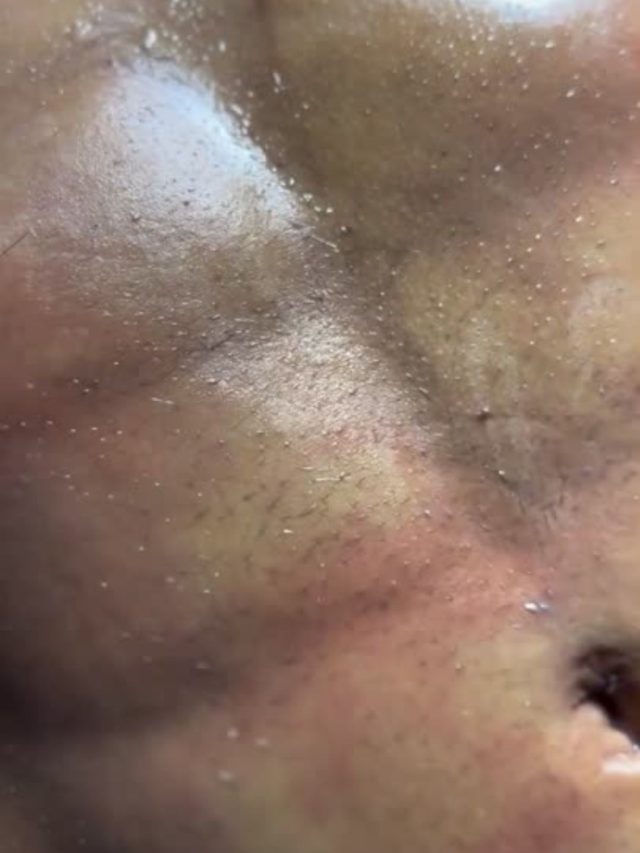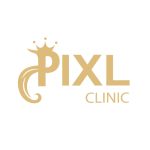Body Fat Transfer in Turkey
Body fat transfer is a versatile and effective cosmetic procedure that can enhance your body’s contours using your own fat. Turkey’s combination of skilled surgeons, advanced facilities, and affordable pricing makes it a popular destination for this procedure. If you’re considering body fat transfer, Turkey provides an attractive option with comprehensive support for international patients.
Body Fat Transfer in Turkey: Everything You Need to Know
Body fat transfer, also known as fat grafting or autologous fat transfer, is a popular cosmetic procedure that involves using fat from one part of the body to enhance another. Turkey has become a prominent destination for this procedure, offering high-quality medical care at competitive prices. Here’s an in-depth guide to body fat transfer in Turkey.

Body Fat Transfer: The Ultimate Guide to Enhancing Your Body Contours
Body fat transfer, or fat grafting, is a transformative cosmetic procedure that can help you achieve a more sculpted appearance using your own body fat. As this procedure gains popularity, many people are turning to Turkey for its advanced medical facilities, skilled surgeons, and cost-effective options.
What is Body Fat Transfer?
Understanding the Procedure: Body fat transfer is a cosmetic technique that involves two main steps:
- Fat Harvesting: Fat is extracted from a donor area of your body, such as the abdomen, thighs, or buttocks, using liposuction.
- Fat Injection: The harvested fat is purified and then injected into a targeted area to enhance its volume and contour, such as the breasts, buttocks, or face.
Benefits of Body Fat Transfer:
- Natural Results: Because the fat used is from your own body, the results are typically more natural-looking and feeling compared to synthetic alternatives.
- Dual Improvement: You achieve contouring in the area where fat is removed and enhanced volume where the fat is injected.
- Low Risk of Allergic Reaction: Using your own fat eliminates the risk of allergic reactions that can occur with implants or synthetic fillers.
The Body Fat Transfer Procedure
Pre-Procedure Consultation:
- Initial Assessment: Your surgeon will evaluate your overall health, discuss your aesthetic goals, and determine the areas for fat extraction and injection.
- Treatment Plan: A personalized plan will be created to achieve your desired results, taking into account your body type and goals.
The Procedure:
- Anesthesia Options: The procedure is typically performed under local anesthesia or sedation, depending on the extent of the fat transfer.
- Fat Extraction: Fat is removed from the donor area using liposuction techniques.
- Processing and Injection: The extracted fat is purified and prepared for injection, then carefully injected into the target area using fine needles or cannulas.
Duration and Recovery:
- Procedure Time: The procedure generally takes between 1-3 hours, depending on the complexity and areas involved.
- Recovery Period: Most patients experience some swelling and bruising, which typically subsides within a few weeks. Full recovery and final results can take several months.
Aftercare and Recovery
Immediate Post-Procedure Care:
- Recovery Room: You will spend some time in a recovery room to monitor your condition immediately after the procedure.
- Pain Management: Pain and discomfort are usually manageable with prescribed medications.
Long-Term Aftercare:
- Compression Garments: You may need to wear compression garments to support the areas where fat was harvested and injected.
- Activity Restrictions: Avoid strenuous activities and follow your surgeon’s advice on resuming normal activities.
- Follow-Up Appointments: Regular follow-ups are important to monitor your progress and ensure proper healing.
Results:
- Initial Results: You’ll notice improvements as swelling decreases, typically within a few weeks.
- Final Results: Full results are visible after several months, once the fat has fully integrated and settled.
Understanding the Cost of Body Fat Transfer in Turkey
Body fat transfer, also known as fat grafting or fat transfer, is a popular cosmetic procedure that involves taking fat from one part of the body and injecting it into another to enhance its volume and contour.
Average Cost: The cost of body fat transfer in Turkey typically ranges between $2,000 and $4,000.
Comparing the Cost of Body Fat Transfer in Turkey vs. Other Countries
Body fat transfer, or fat grafting, is a cosmetic procedure where fat is taken from one area of the body and injected into another to enhance volume and contour. While Turkey has become a popular destination for this procedure due to its affordability and high-quality care, it’s helpful to compare the costs with other countries to understand the financial benefits. This comparison will highlight Turkey’s position in the global market for body fat transfer.
Cost of Body Fat Transfer in the United States
- Average Cost: $5,000 to $10,000
- Inclusions: This generally includes the procedure, anesthesia, and follow-up care. Costs may be higher in major cities and for highly experienced surgeons.
Cost of Body Fat Transfer in the United Kingdom
- Average Cost: £4,000 to £8,000 ($5,200 to $10,400)
- Inclusions: Includes the procedure, anesthesia, and post-operative care. Prices may be higher in London and other major cities.
Cost of Body Fat Transfer in Australia
- Average Cost: AUD 6,000 to AUD 10,000 ($4,000 to $6,700)
- Inclusions: Covers the procedure, anesthesia, and follow-up care. Costs are higher in major cities like Sydney and Melbourne.
Cost of Body Fat Transfer in Canada
- Average Cost: CAD 5,000 to CAD 9,000 ($3,700 to $6,600)
- Inclusions: Includes the procedure, anesthesia, and post-operative care. Prices can be higher in major cities such as Toronto and Vancouver.
Frequently Asked Questions
What is a Body Fat Transfer?
Body fat transfer, also known as fat grafting or lipofilling, is a procedure where fat is harvested from one part of the body and injected into another area. The goal is to enhance volume, contour, or rejuvenate the target area.
Why do people go to Turkey for Body Fat Transfer?
Turkey is popular for medical tourism due to its high-quality healthcare services at competitive prices. The country has advanced clinics with experienced surgeons offering procedures at a fraction of the cost compared to other countries.
Which areas of the body can be treated with a fat transfer?
Common areas include:
- Face (cheeks, lips, and under-eye areas)
- Breasts (for natural augmentation)
- Buttocks (Brazilian Butt Lift or BBL)
- Hands (for rejuvenation)
- Hips (to improve contour)
How is the procedure performed?
The process typically involves:
- Liposuction: Fat is extracted from areas such as the abdomen, thighs, or flanks using liposuction.
- Purification: The extracted fat is processed to remove any excess fluids and non-viable cells.
- Injection: The purified fat is carefully injected into the target area to enhance volume or contour.
What is the recovery time for a Body Fat Transfer?
Recovery can vary based on the area treated. In general:
- Mild discomfort: For a few days post-procedure
- Bruising and swelling: Common and lasts for 1-2 weeks
- Full recovery: May take 4-6 weeks, depending on the extent of the procedure.
How long do the results last?
Fat transfer results are usually long-lasting. However, not all the injected fat cells survive, and typically, about 60-80% of the transferred fat remains permanently. The body naturally reabsorbs the rest within a few months.
What are the benefits of fat transfer over implants?
- Natural results: Since it uses your body’s fat, the results tend to look and feel more natural.
- Dual benefit: Removes fat from unwanted areas (e.g., abdomen or thighs) while enhancing other areas.
- Lower risk of rejection: As it’s autologous fat, there’s no risk of an allergic reaction or rejection.
Are there risks or complications?
As with any surgical procedure, fat transfer carries some risks, including:
- Infection
- Fat necrosis (hard lumps formed from dead fat cells)
- Over or under-correction
- Fat reabsorption (some of the transferred fat may not survive)
How much does a fat transfer procedure cost in Turkey?
The cost can vary based on the clinic and the areas treated. Typically, prices range between $2,000 to $5,000 USD, which is considerably lower than in many Western countries.
How do I choose the right clinic and surgeon in Turkey?
- Research the surgeon’s credentials: Ensure they are board-certified and experienced in fat transfer procedures.
- Check reviews: Look for patient testimonials and before-and-after photos.
- Verify the clinic’s accreditation: Reputable clinics are accredited by international bodies such as the Joint Commission International (JCI).
- Consultations: A virtual or in-person consultation will allow you to ask questions and get a feel for the clinic’s approach.
How long will I need to stay in Turkey for the procedure?
Typically, patients need to stay in Turkey for about 7-10 days. This allows time for pre-operative consultation, the procedure itself, and a short recovery period before flying back home.
Can I combine a fat transfer with other cosmetic procedures?
Yes, fat transfer is often combined with other procedures such as liposuction, tummy tucks, breast lifts, or facelifts to enhance overall body contour and achieve more comprehensive results.
What are the post-operative care requirements?
- Wear compression garments for a few weeks in the donor area (where fat was harvested).
- Avoid strenuous activities for at least 4-6 weeks.
- Follow the surgeon’s guidelines on massaging the treated area, if necessary.
- Stay hydrated and eat a balanced diet to promote healing.
Am I a good candidate for body fat transfer?
Ideal candidates are:
- In good overall health.
- Have enough donor fat in areas like the abdomen, thighs, or flanks.
- Seeking natural enhancement without the use of implants.
Do I need a visa to travel to Turkey for medical procedures?
Depending on your country of origin, you may need a visa. Many nationalities can get an e-visa online for short-term stays.
